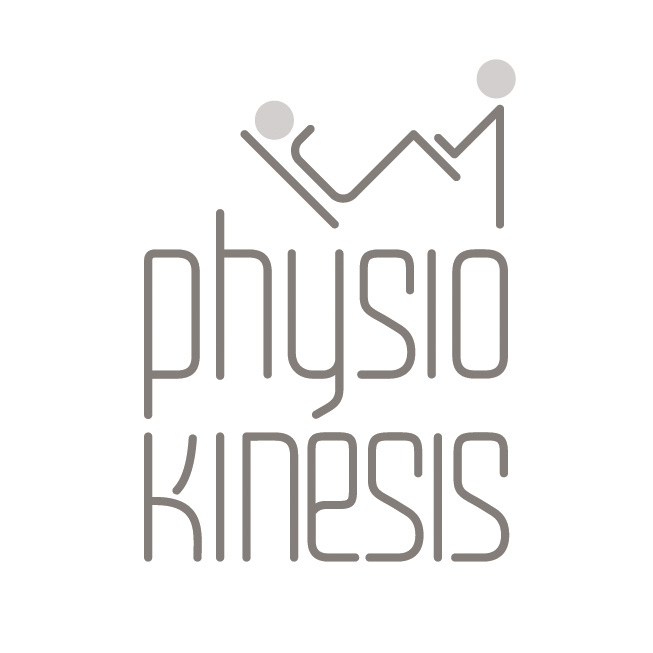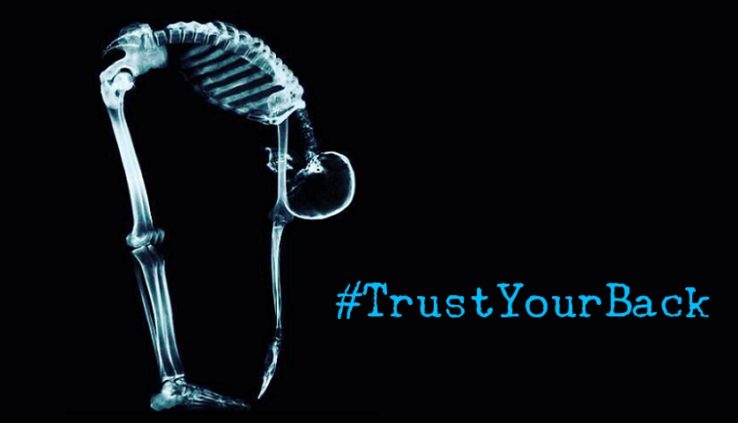Is this movement bad for my back? Could it hurt me?
We have seen many cases of people whose MRI showed a degenerated disc and they have been forbidden to bend their back, lift heavy or do manual work.
There are also cases of people who have returned to doing just the things they told them they could not do and they manage to do them successfully and pain-free.
There is a lot of fear about the structure of the spine in the medical professions.
When someone is very careful with their back, then a constant fear of doing harm is created, and this fear causes the abnormal behavior of pain. Very often, the muscles in this area are overactive and hypersensitive and this is driven by the habits of movements, habits of posture, fear, anxiety, and stress. In short, we have developed a protective response in this area.
A research has been conducted over the past 10-15 years by Peter O’Sullivan, Professor of Musculoskeletal Physiotherapy at Curtin University in Australia, in order to understand our nervous system and the psychosocial factors that affect the pain. What has come out of this is that the behavior of pain is driven by a complex of factors.
In this complex, there are anatomical factors, patterns of movement, lifestyle (sleep, anxiety, sedentary life), social factors (such as work-related factors), psychological factors (such as fear management, catastrophic anxiety, depression), etc. All of the above interact directly with our nervous system.
What should be done? A shift in our beliefs.
We live in a society where people are doing less and less physical activity. We should not be afraid of the back. The spine is an extremely strong, robust structure.
Peter O’Sullivan has developed a different approach to the subject, a body-mind approach. For this reason, it is called Cognitive Functional Therapy. He tries to capture the beliefs, feelings, fears, and behaviors of the person’s movement in order to change them.
We must stop fearing the natural movements of our musculoskeletal system, and turn to exercise, in order to improve the functionality of our core, and not to remain out of use because of fear.
The physiotherapist plays a very important role in encouraging the patients and training them to return to their routine and their full functionality. If therapists themselves change their beliefs about the spine, then they will be able to make a mental change to their patients and, together with physical education, to improve their patients’ daily routine.
This post is also available in: Greek






